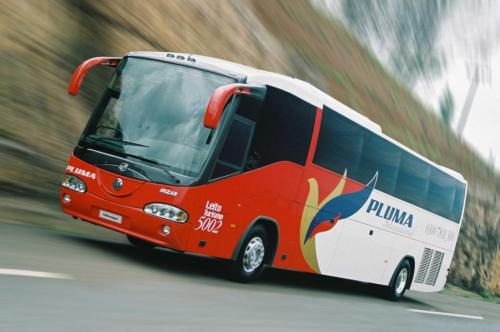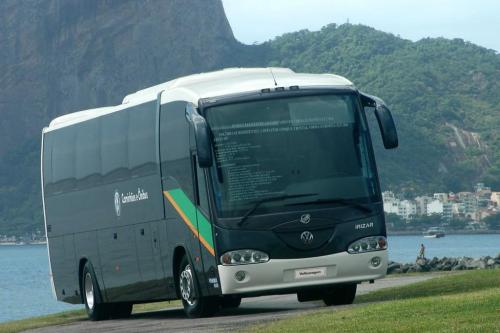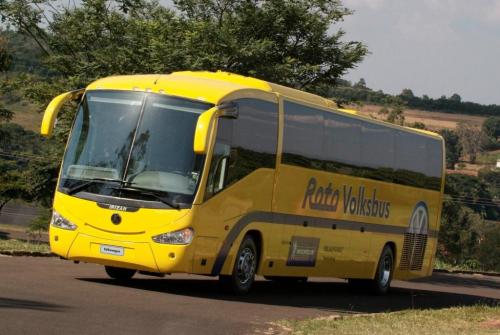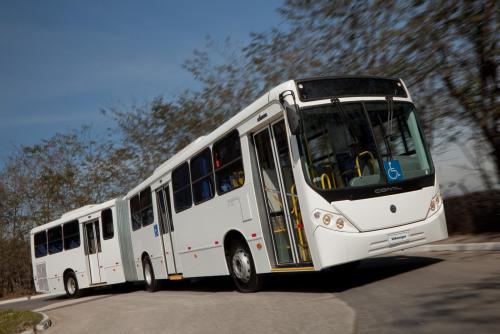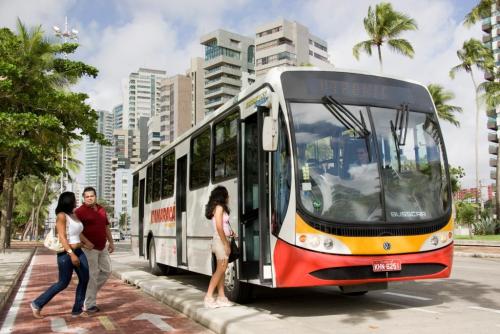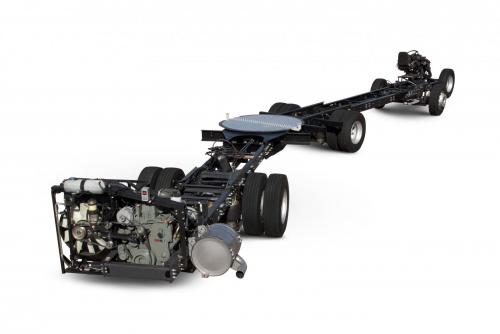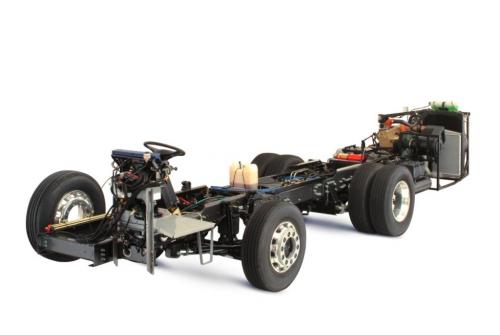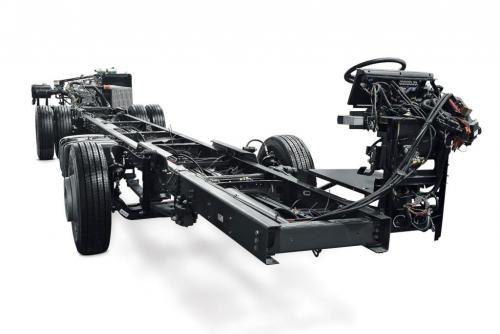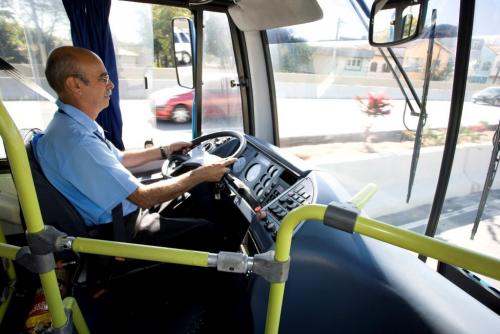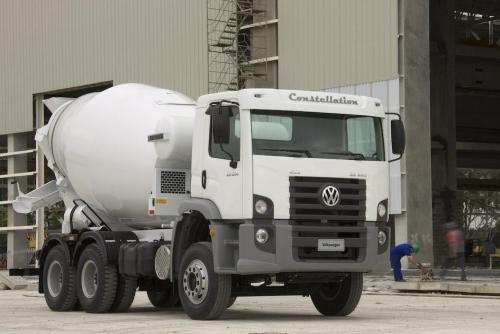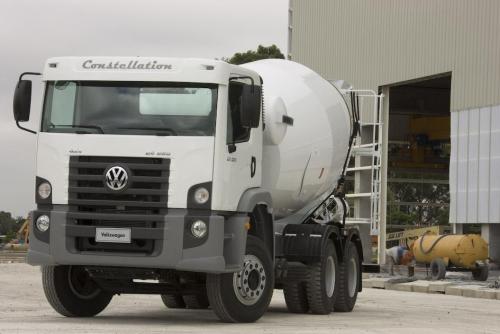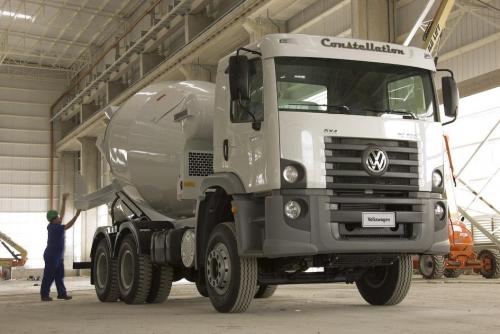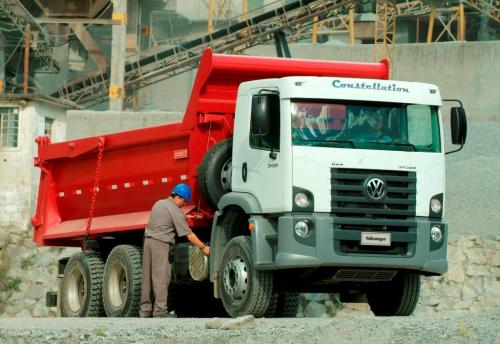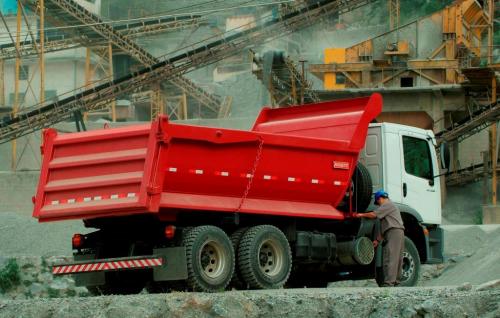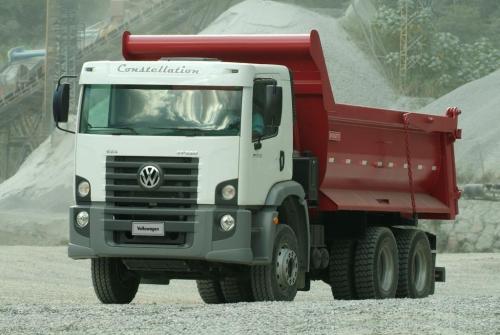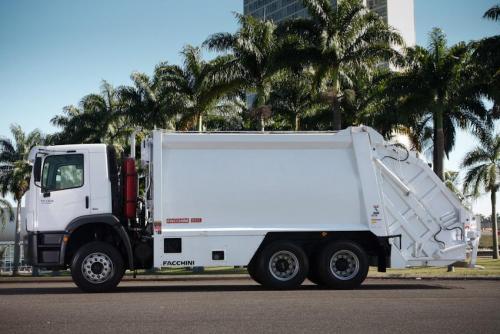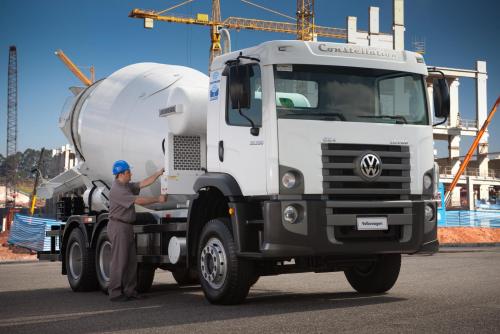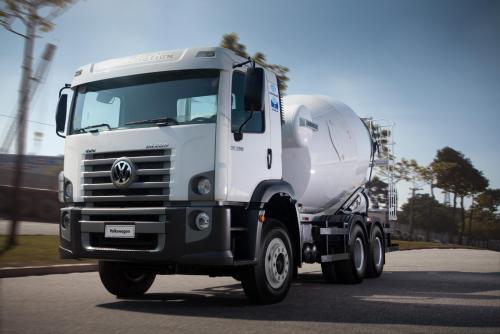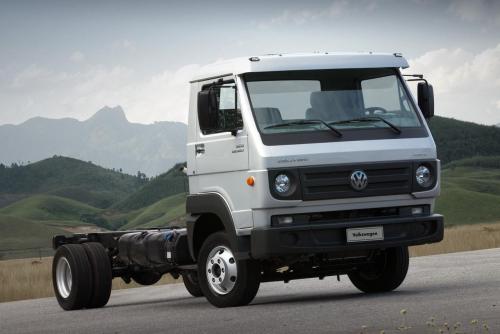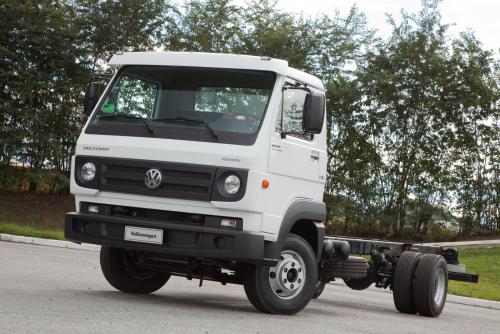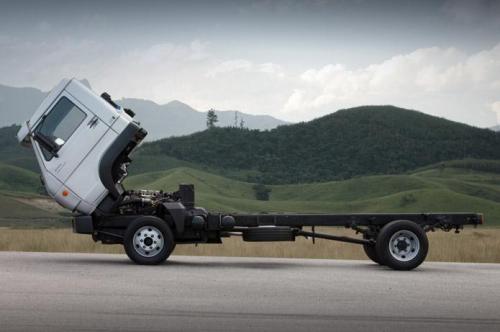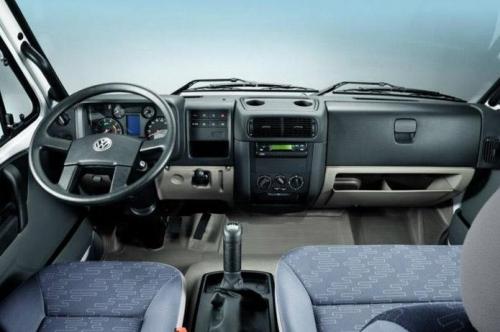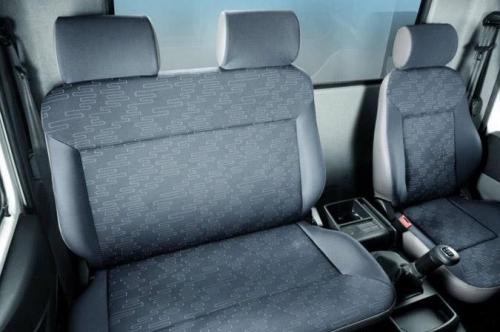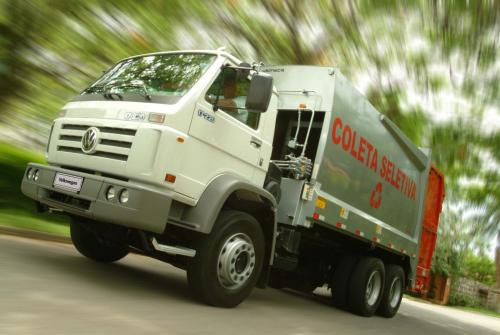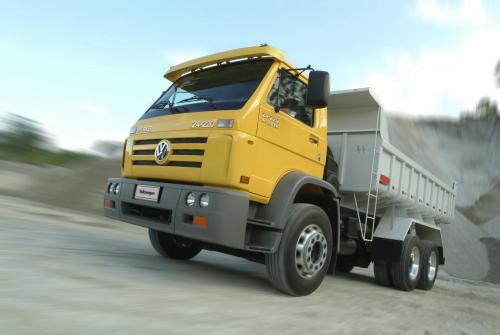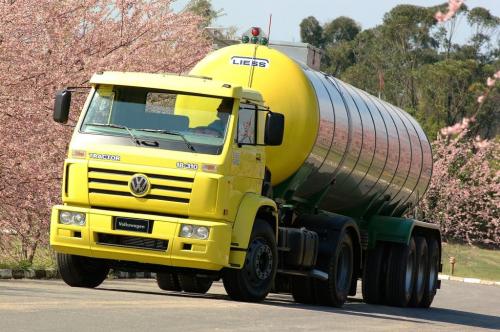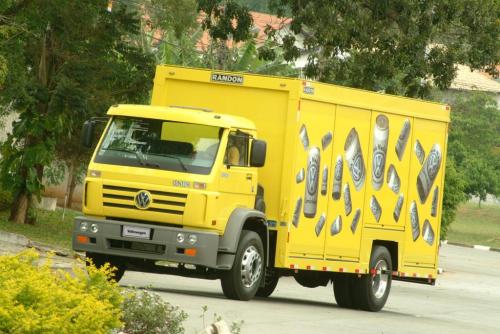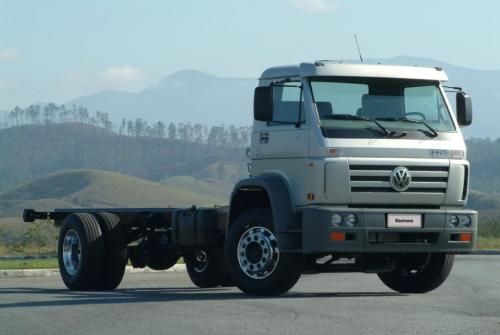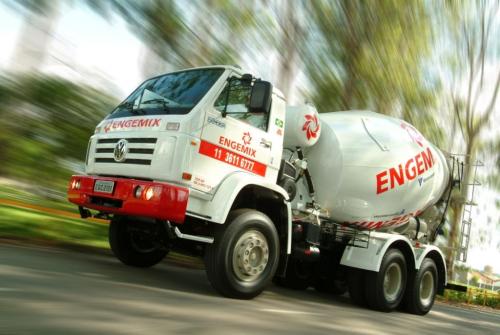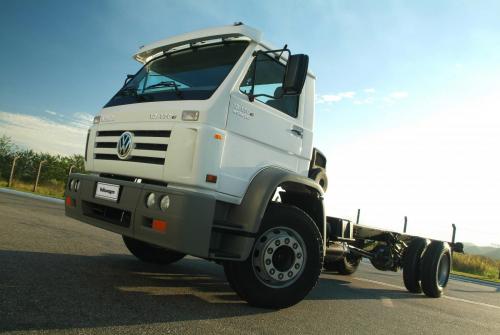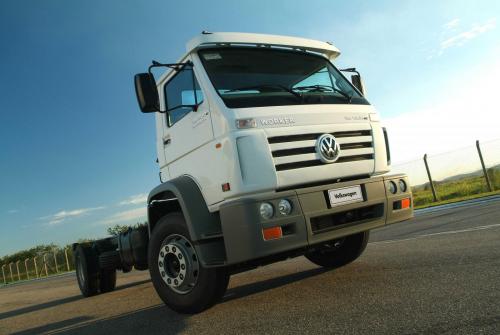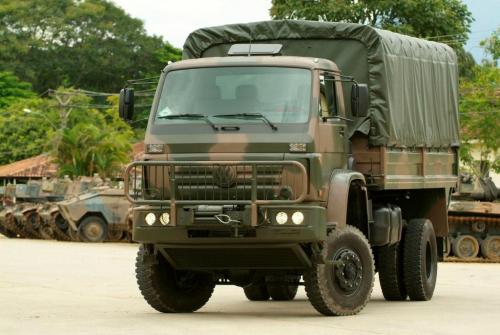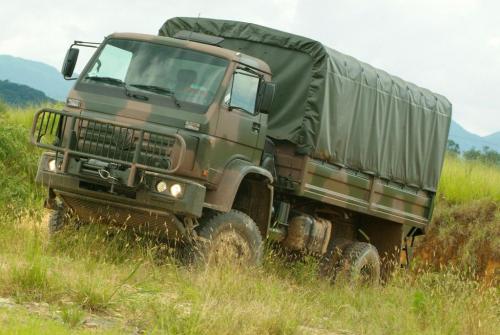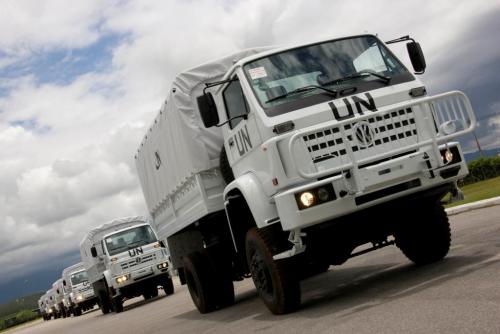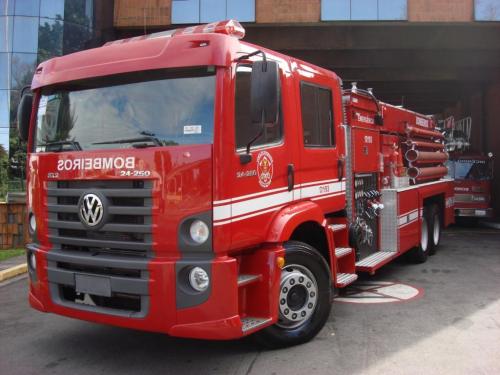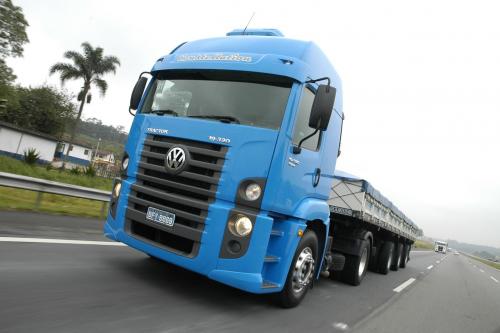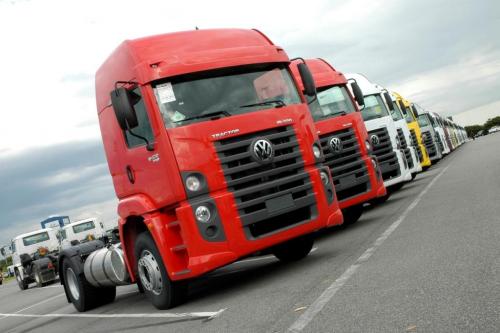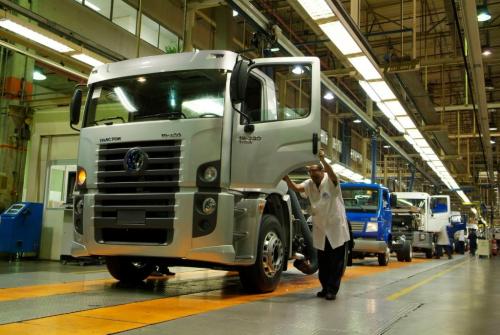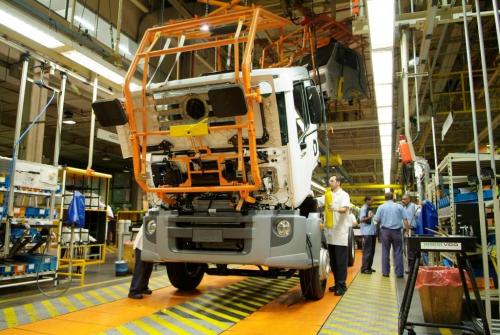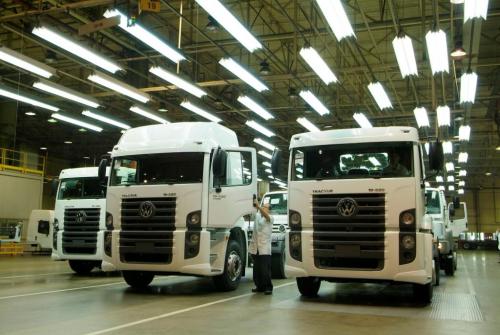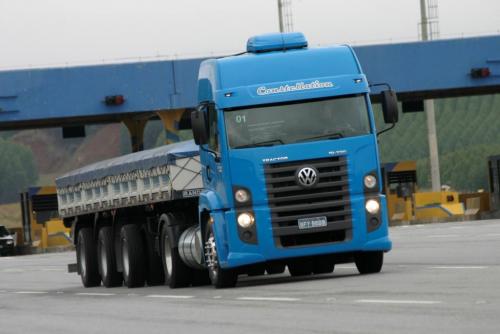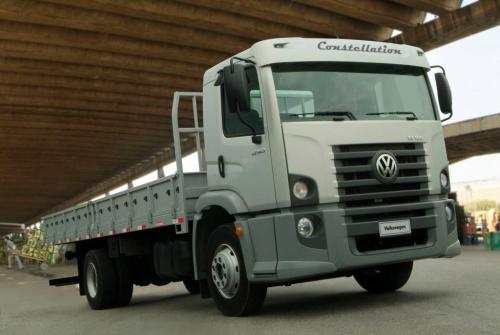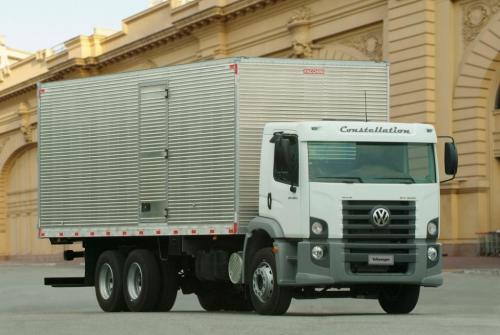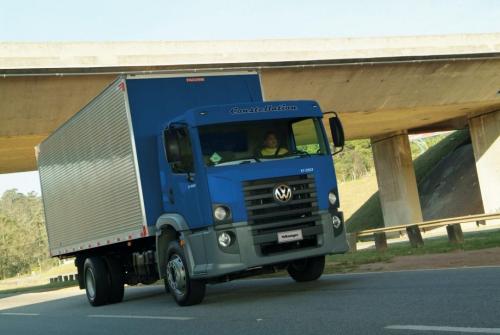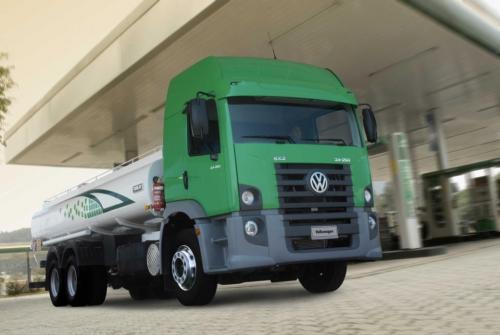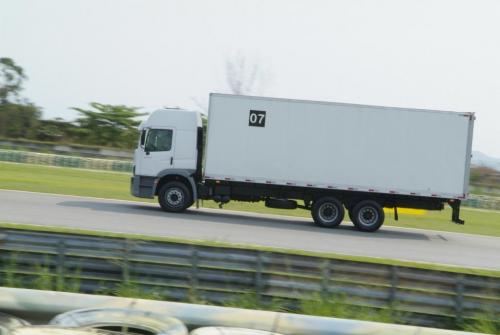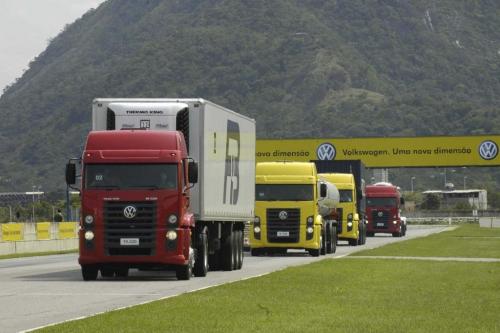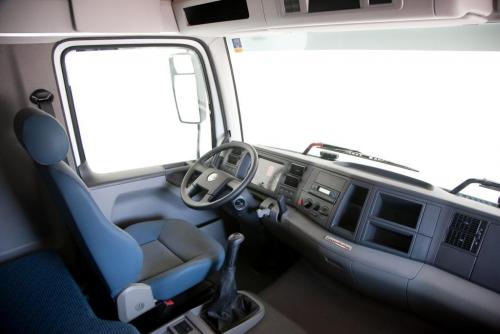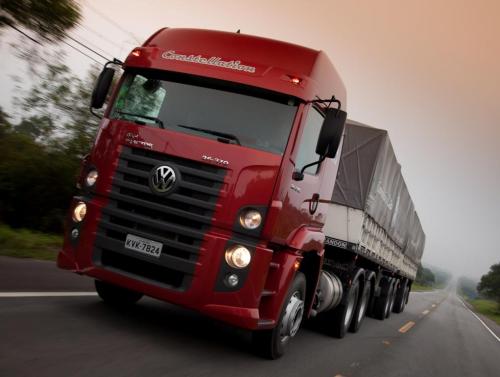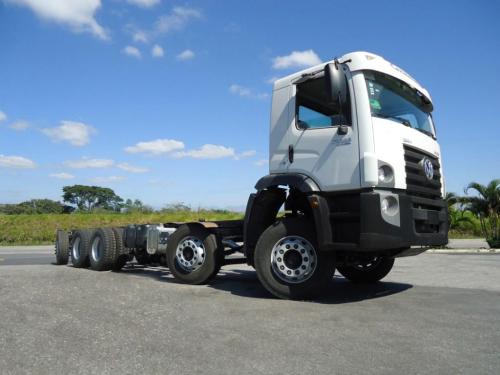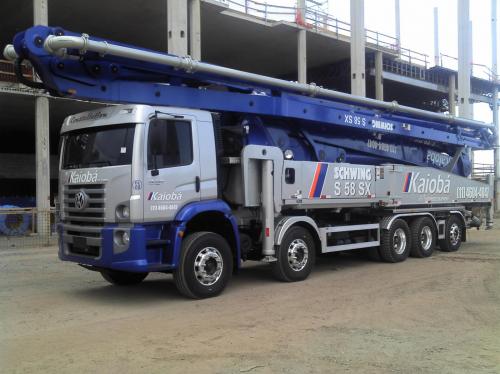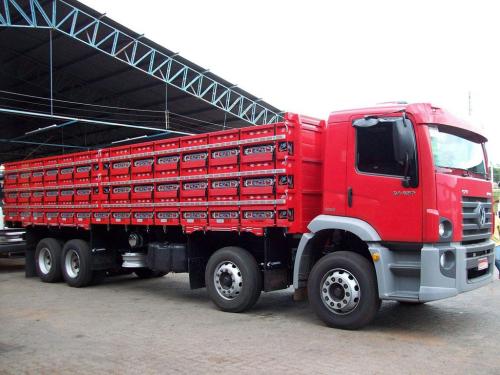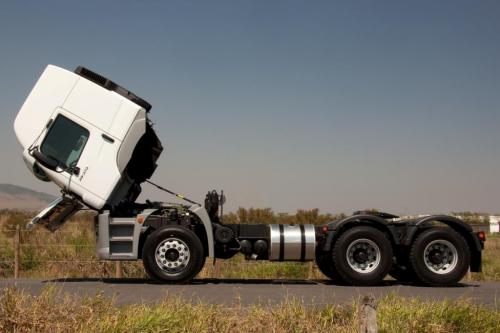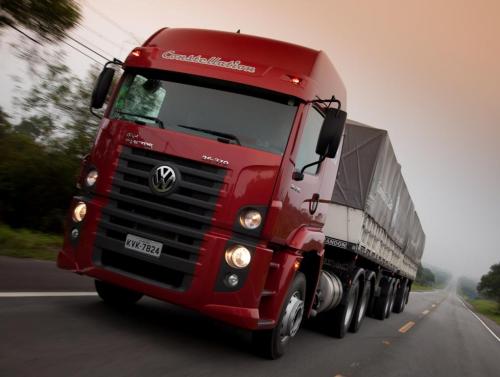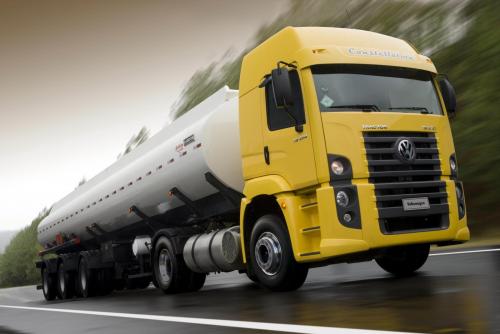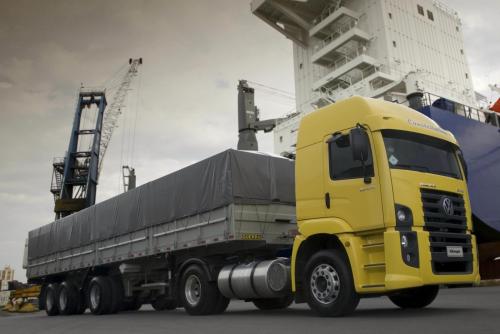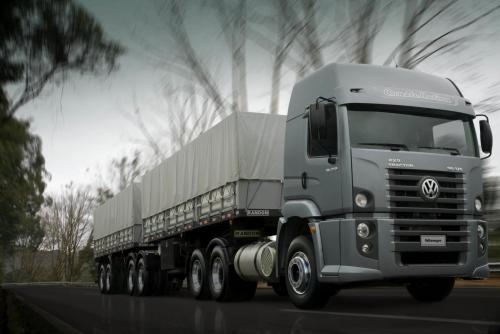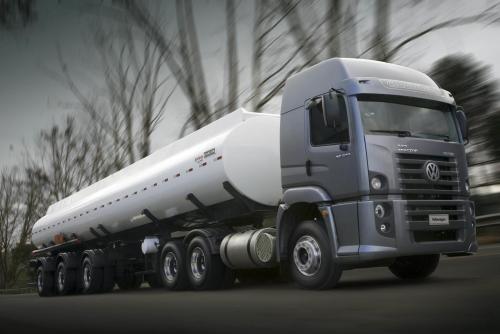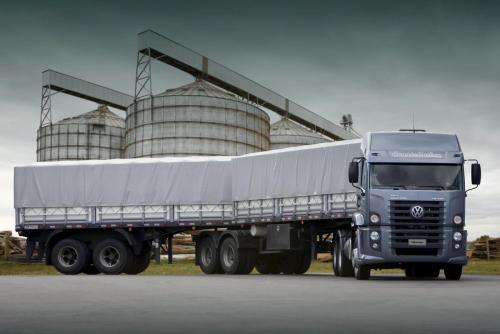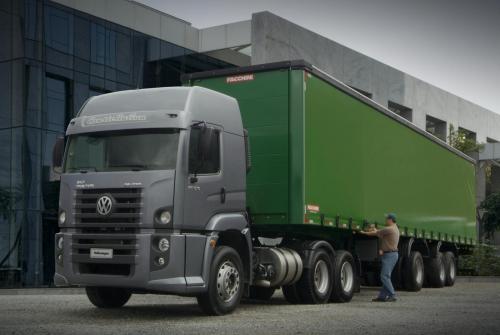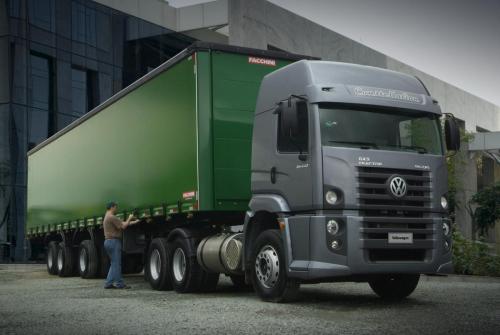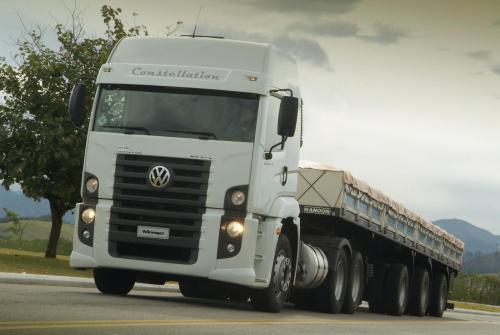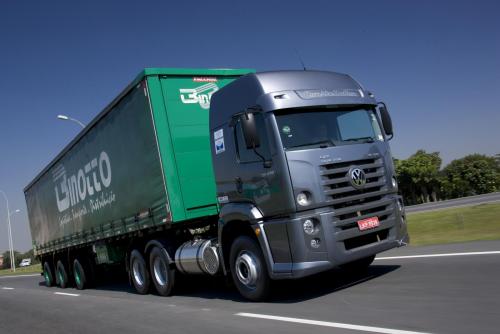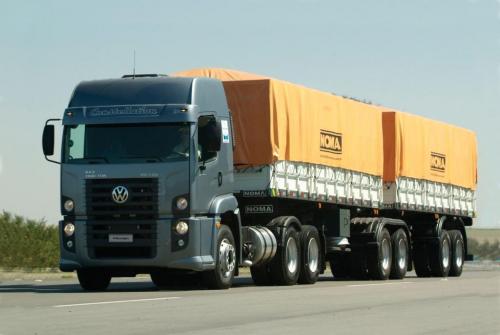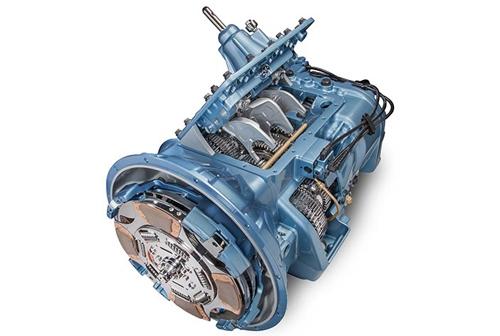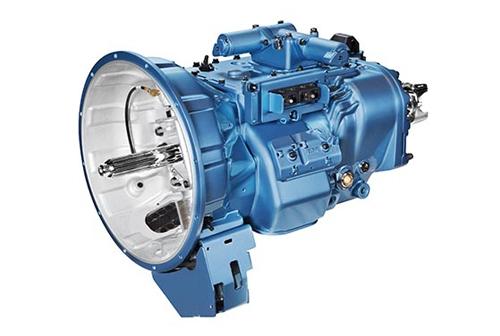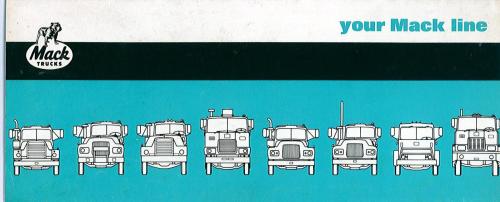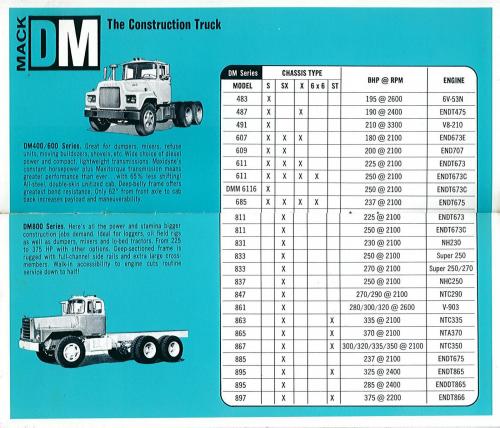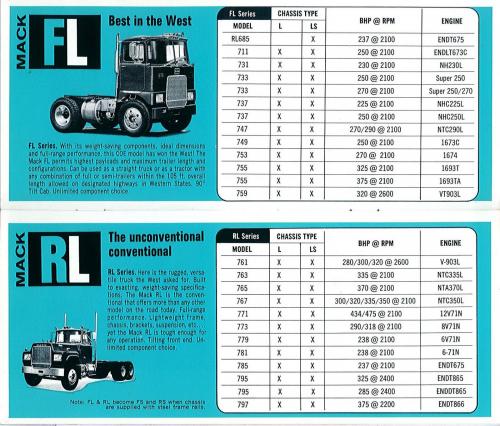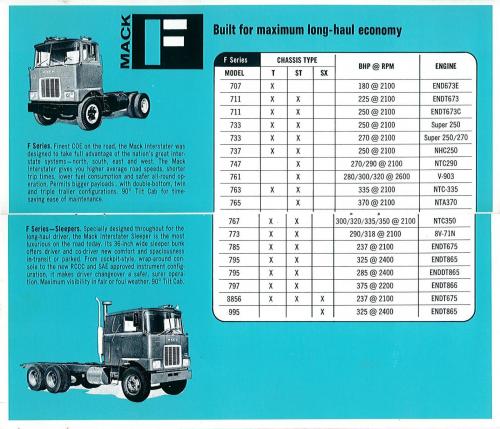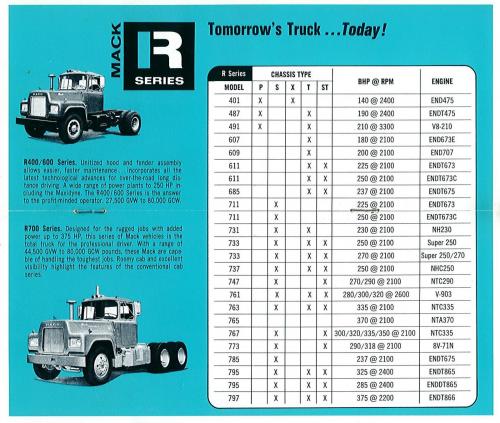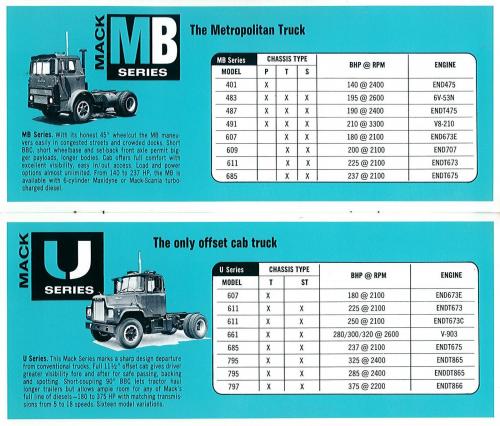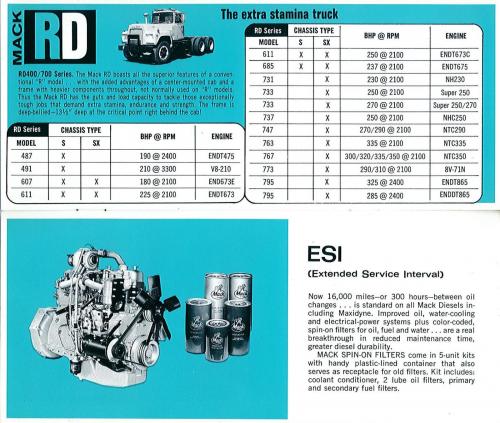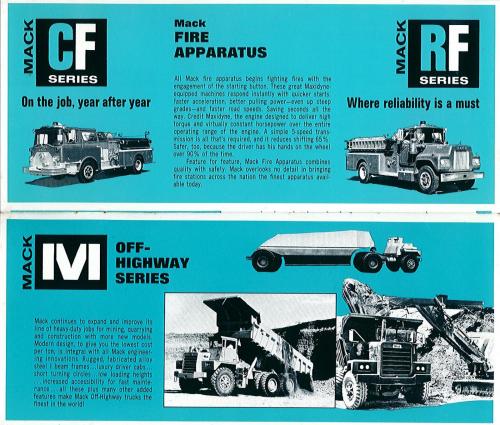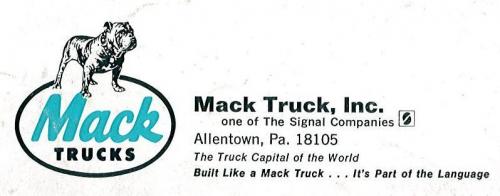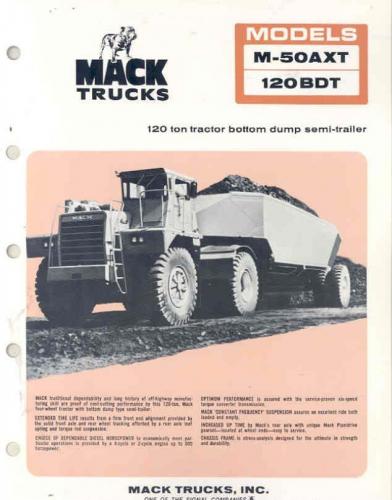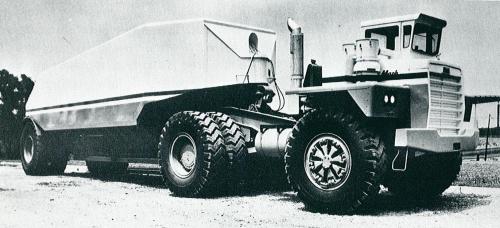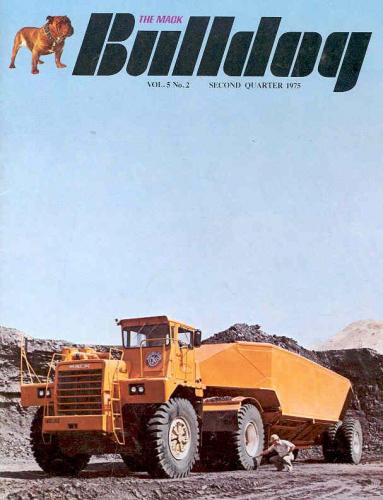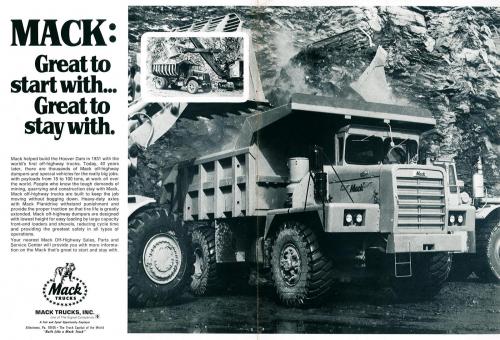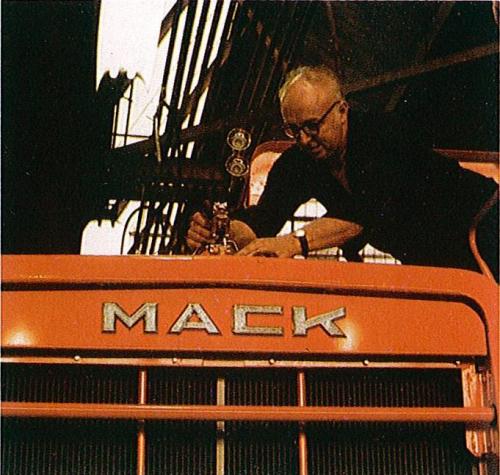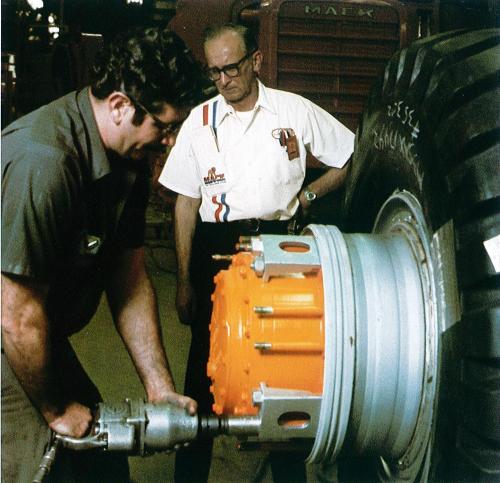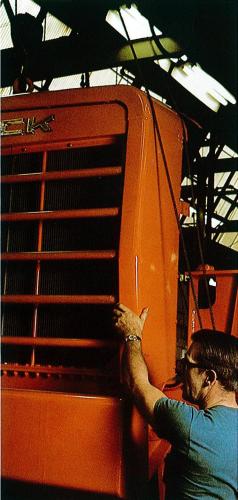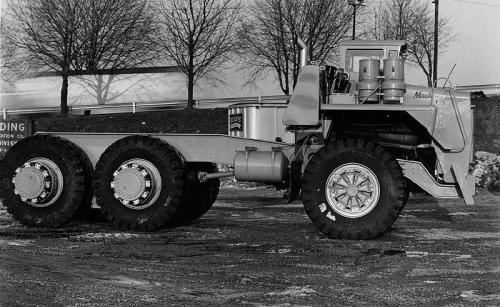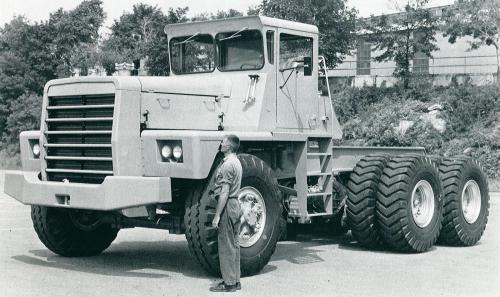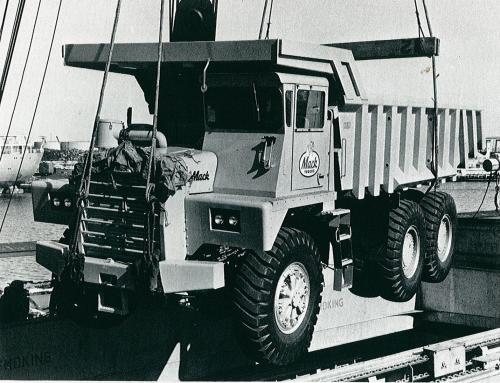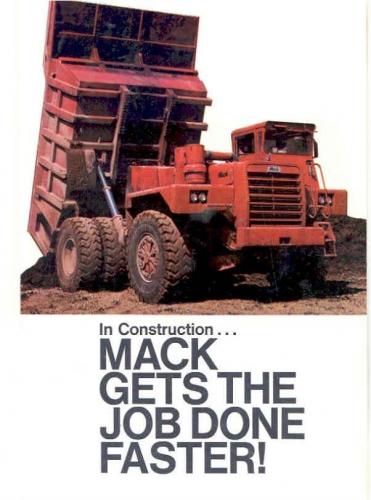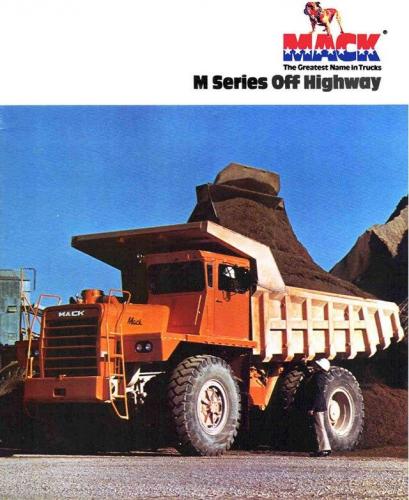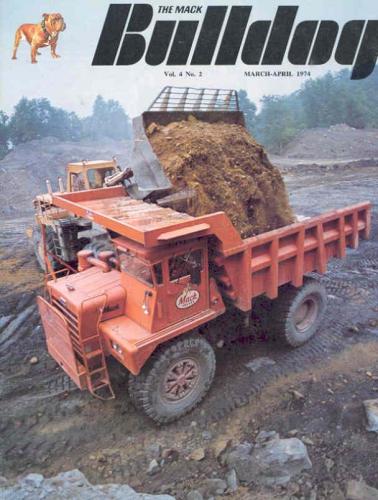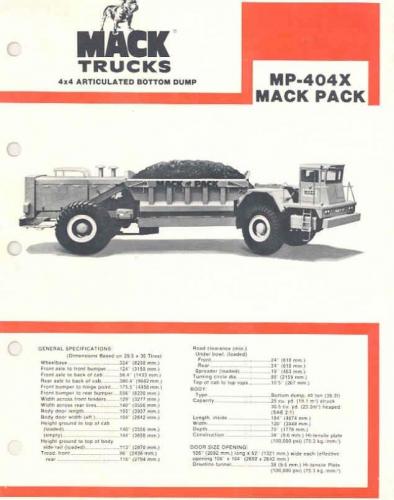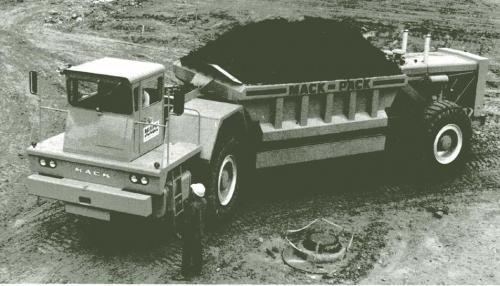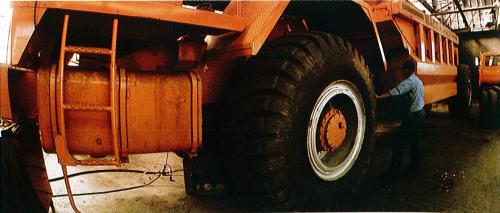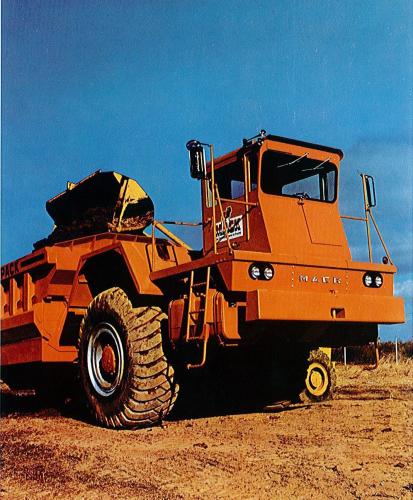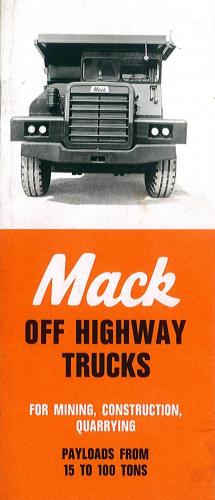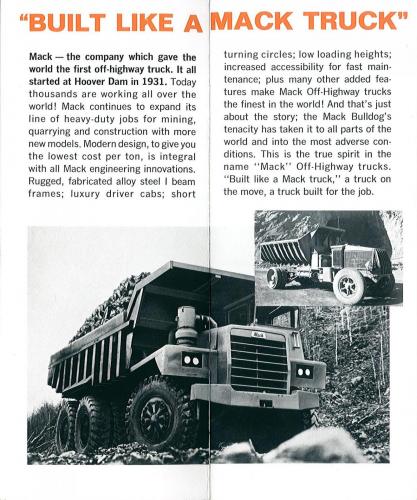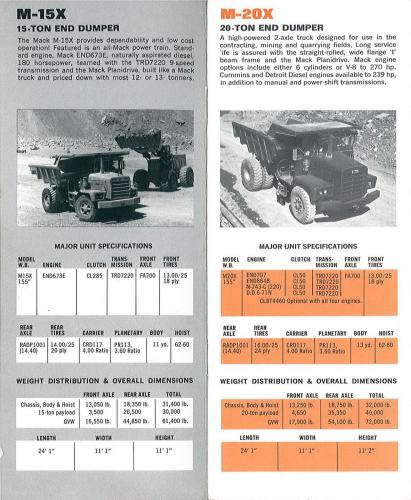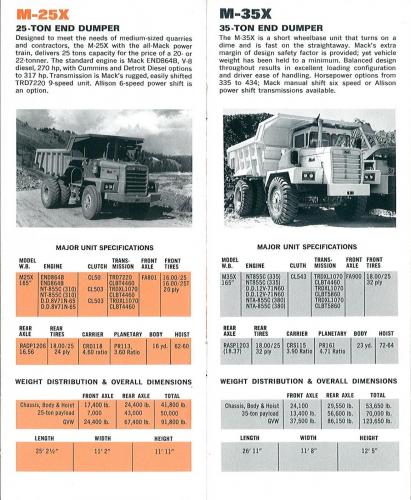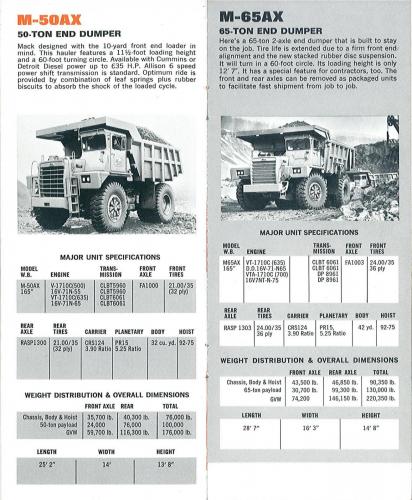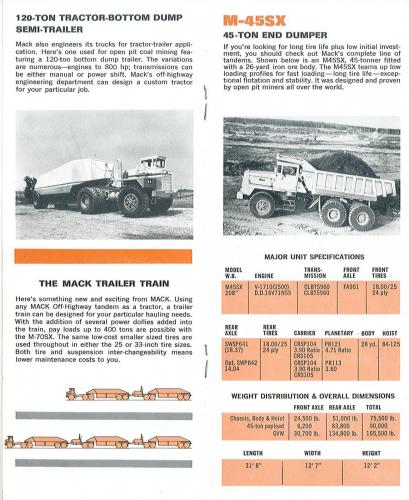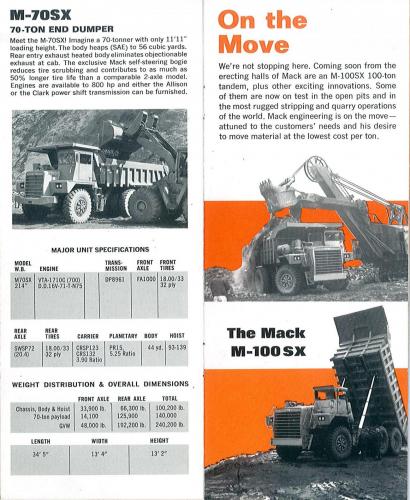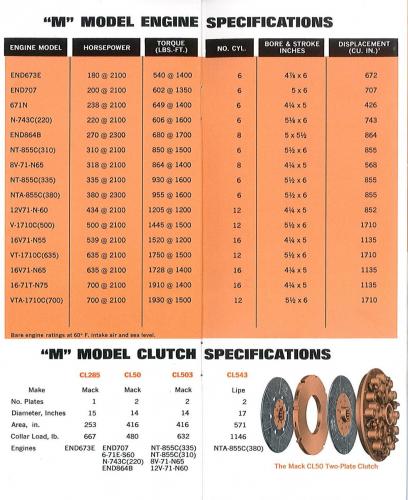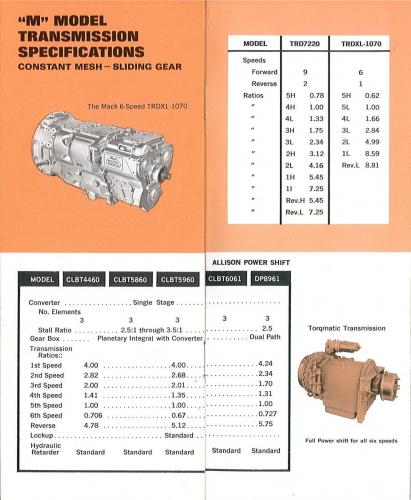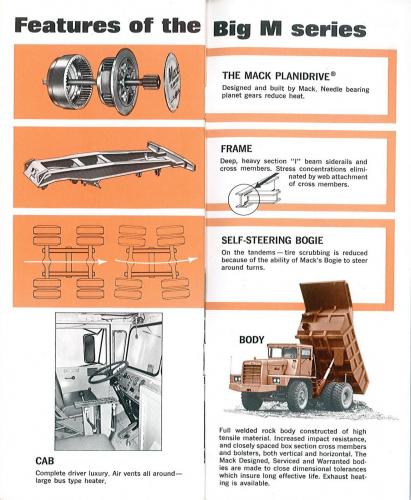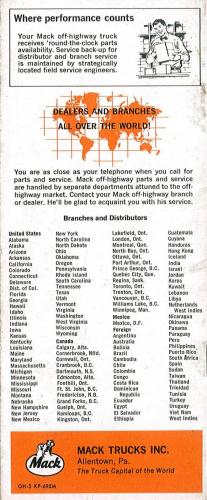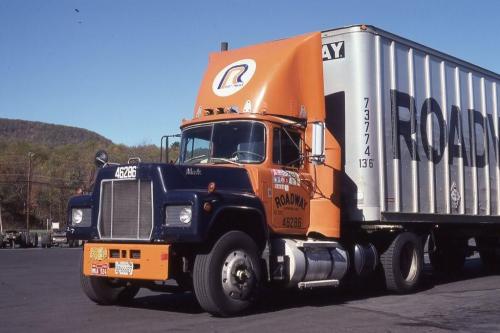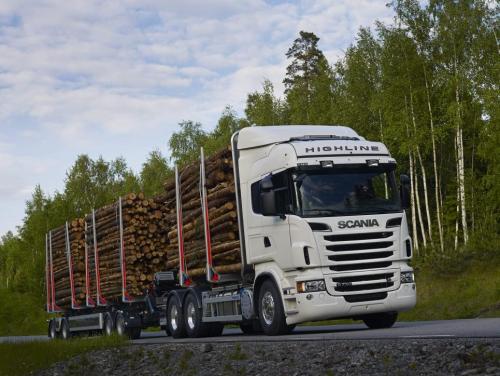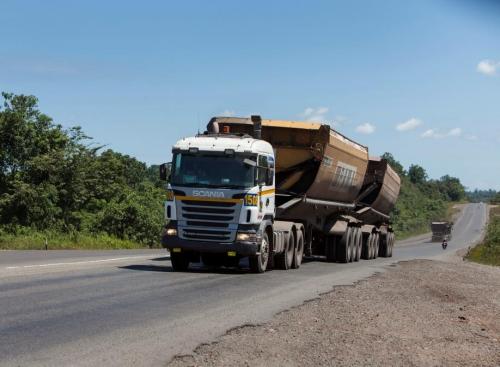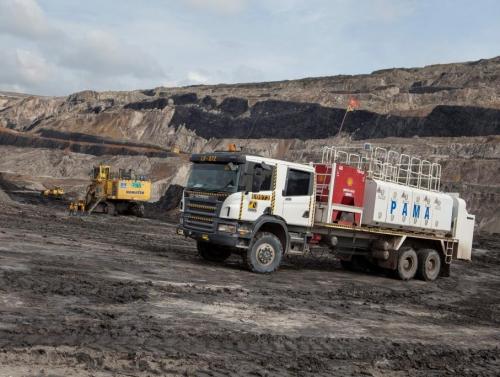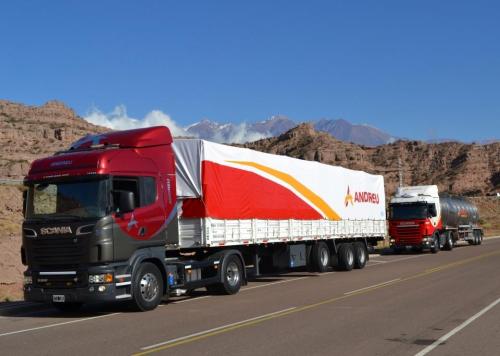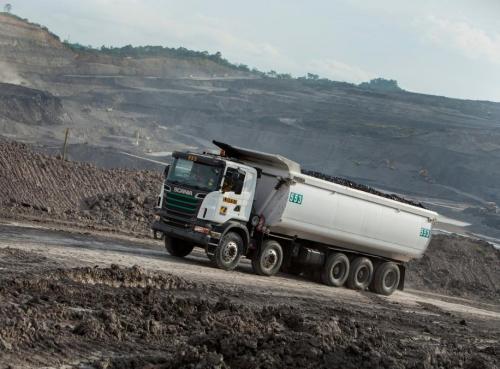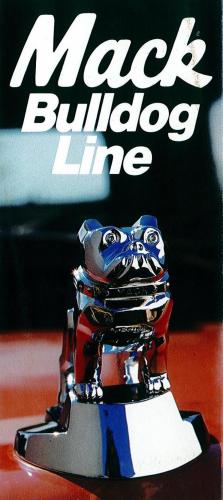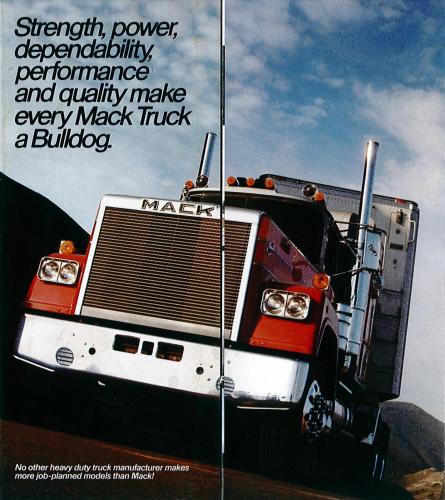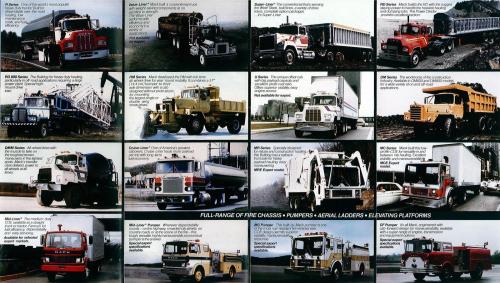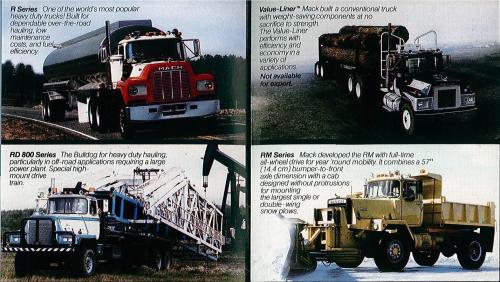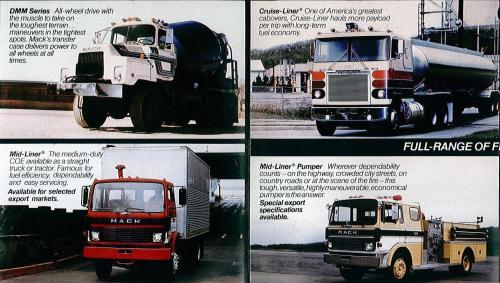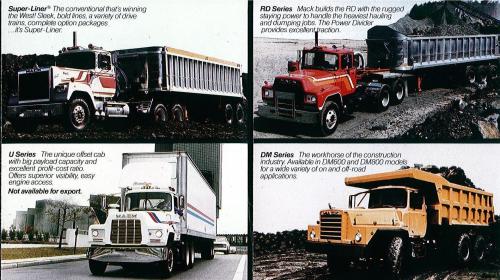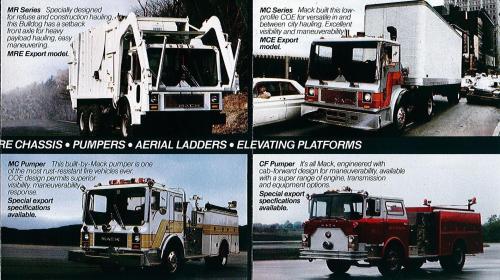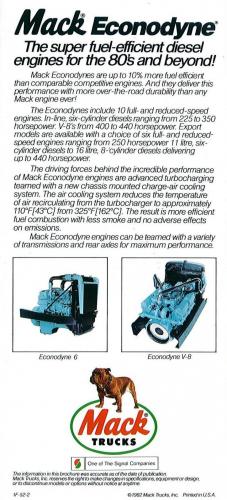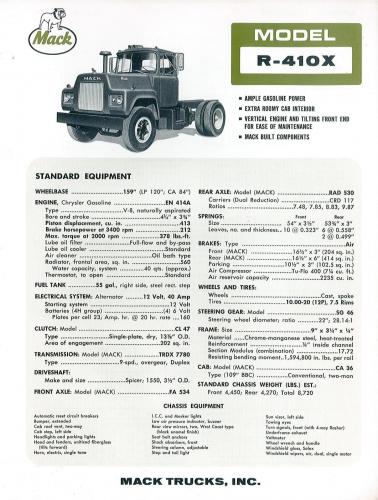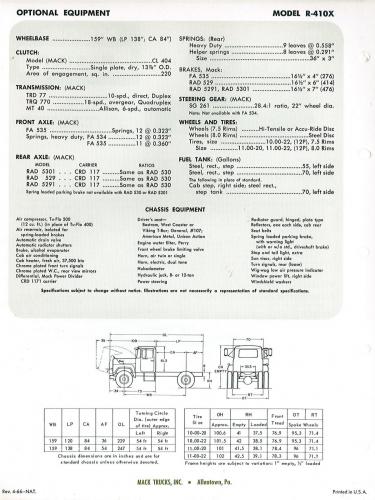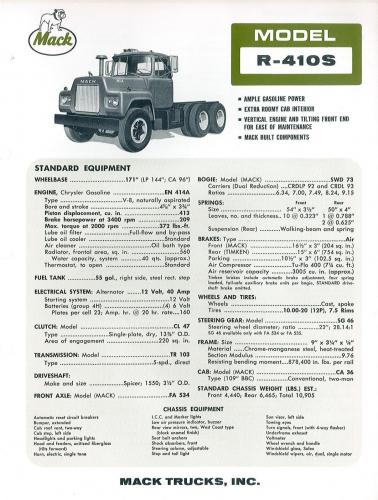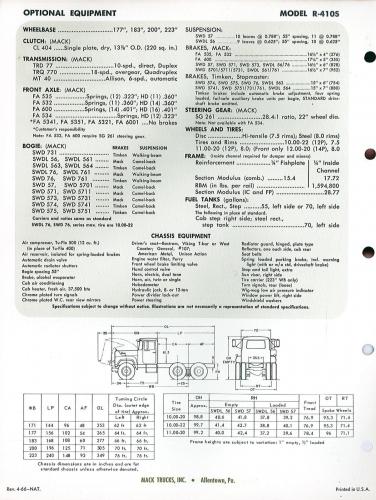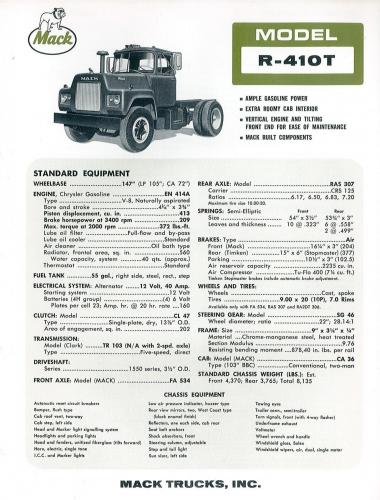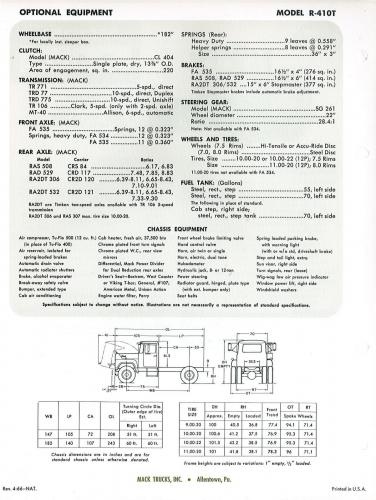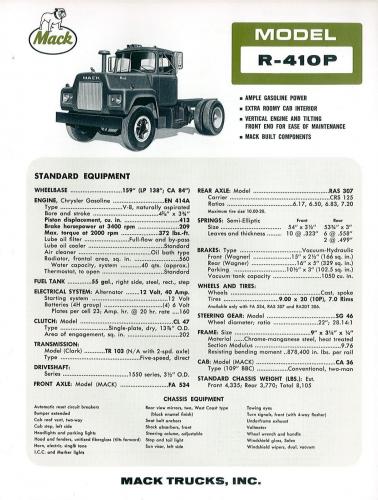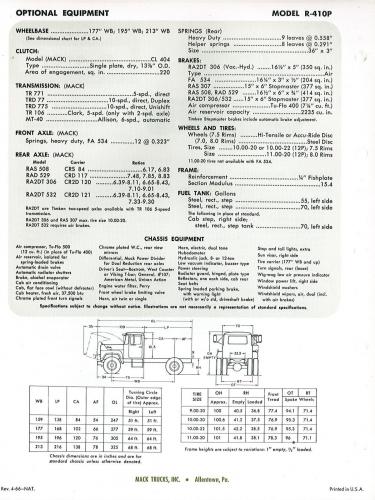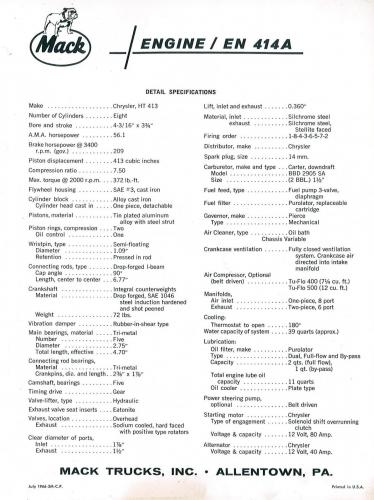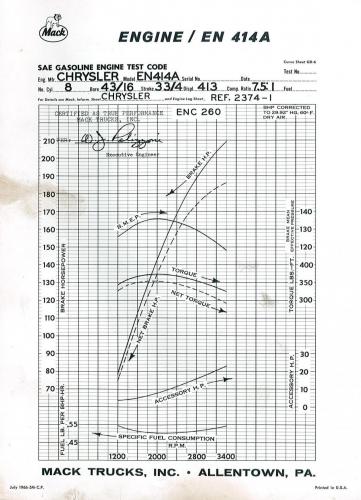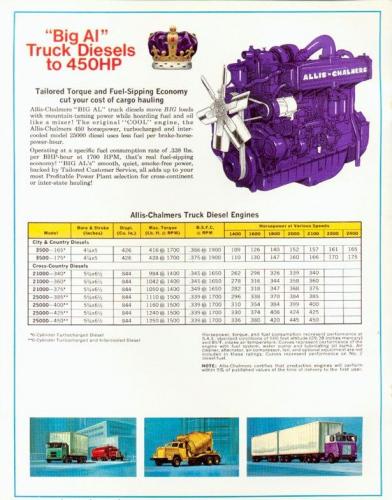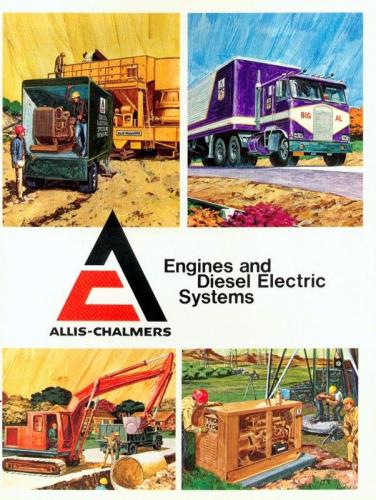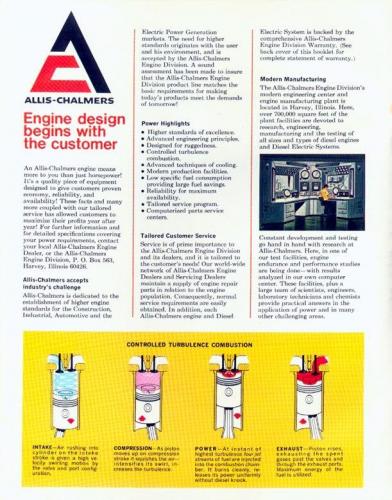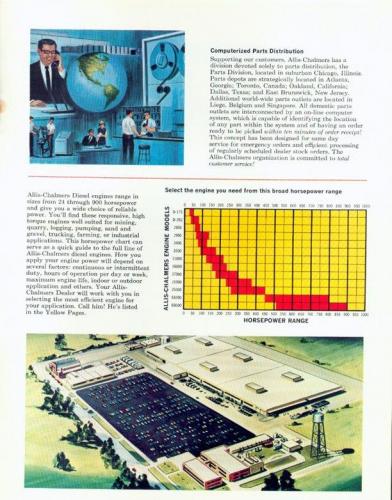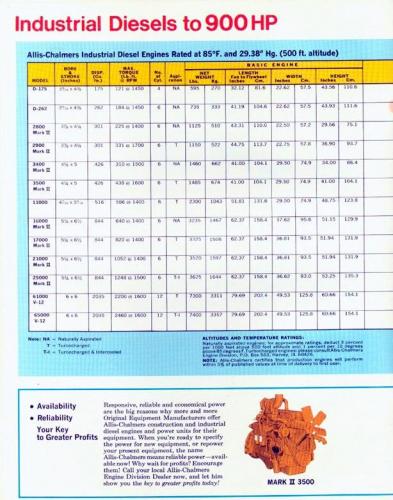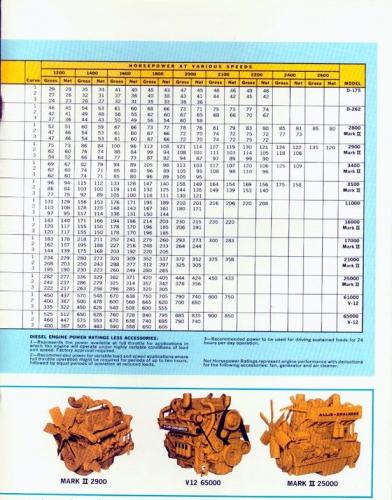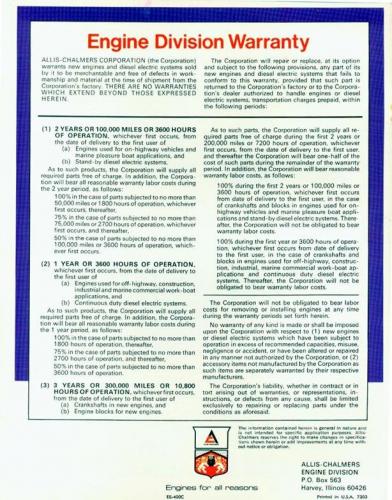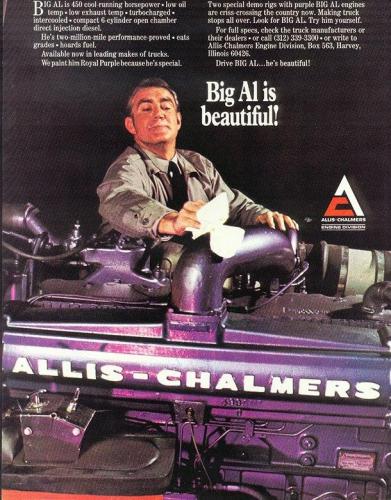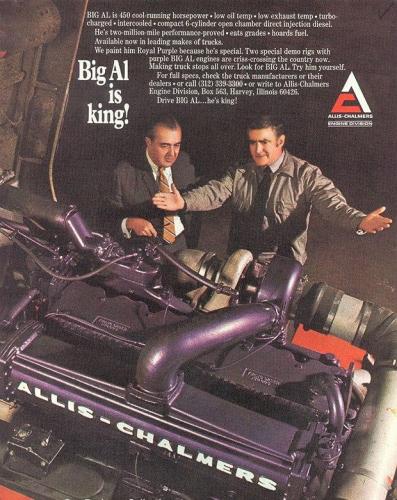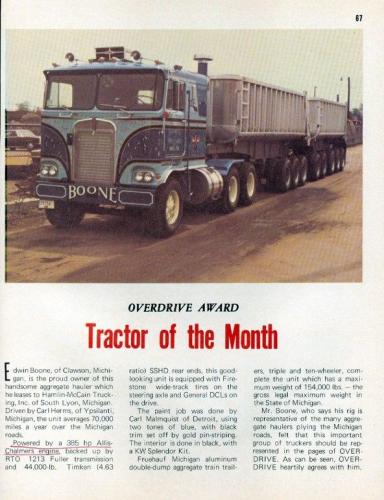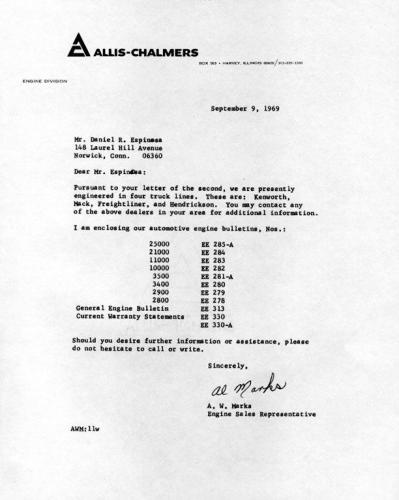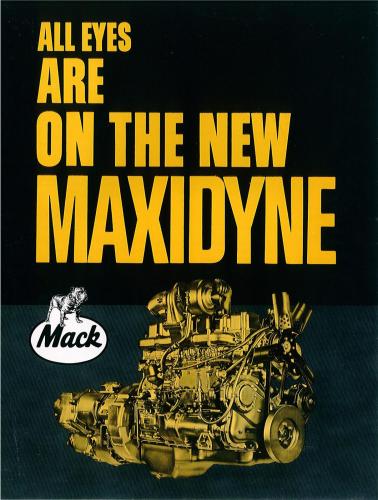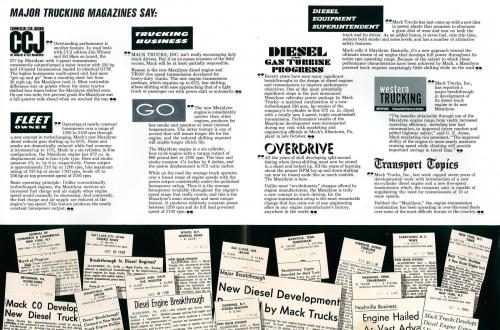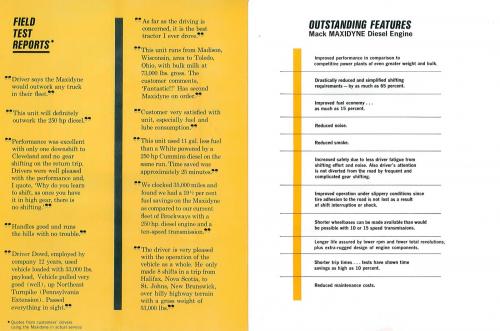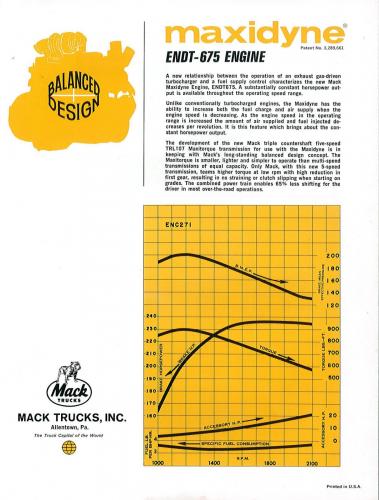
kscarbel
Pedigreed Bulldog-
Posts
1,114 -
Joined
-
Last visited
-
Days Won
8
Content Type
Profiles
Forums
Gallery
Events
Blogs
BMT Wiki
Collections
Store
Everything posted by kscarbel
-
The “Volksbus” bus chassis range 5.150 OD front-engine bus chassis http://man-la.com/images/stories/produtos/caminhao/ficha_tecnica/pdf/4464/5_150_OD_High.pdf 8.160 OD front-engine bus chassis http://man-la.com/images/stories/produtos/caminhao/ficha_tecnica/pdf/4483/8_160_OD_High.pdf 9.160 OD Plus front-engine 8.5-meter bus chassis http://man-la.com/images/stories/produtos/caminhao/ficha_tecnica/pdf/4487/9_160_OD_High.pdf 15.190 OD front-engine 11-meter bus chassis http://man-la.com/images/stories/produtos/caminhao/ficha_tecnica/pdf/4489/15_190_OD_High.pdf 17.230 OD front-engine 13.2-meter bus chassis http://man-la.com/images/stories/produtos/caminhao/ficha_tecnica/pdf/4495/17_230_OD_High.pdf 17.230 OD VTronic front-engine 13.2-meter bus chassis http://man-la.com/images/stories/produtos/caminhao/ficha_tecnica/pdf/9007/17_230_OD_Vtronic_Low.pdf 17.260 OD front-engine bus chassis http://man-la.com/images/stories/produtos/caminhao/ficha_tecnica/pdf/8242/Volksbus17_260_OD_High.pdf 17.280 OT low entry rear-engine 13.2-meter bus chassis http://man-la.com/images/stories/produtos/caminhao/ficha_tecnica/pdf/4499/17_280_OT_LowEntry_High.pdf 17.280 OT VTronic rear-engine 13.2-meter bus chassis http://man-la.com/images/stories/produtos/caminhao/ficha_tecnica/pdf/4501/17_280_OT_VTronic_High.pdf 17.280 OT rear-engine 13.2-meter bus chassis http://man-la.com/images/stories/produtos/caminhao/ficha_tecnica/pdf/4505/17_280_OT_High.pdf 18.330 OT rear-engine bus chassis http://man-la.com/images/stories/produtos/caminhao/ficha_tecnica/pdf/4503/18_330_OT_High.pdf 26.330 OTA articulated bus chassis http://man-la.com/images/stories/produtos/caminhao/ficha_tecnica/pdf/6978/26_330_OTA_272012.pdf
-
Volkswagen - Complete trucks (with factory-installed bodies) "Constructor" vocational trucks http://man-la.com/images/stories/produtos/caminhao/pdf/2783/148_vocacionais_constructor_low.pdf "Compactor" refuse trucks http://man-la.com/images/stories/produtos/caminhao/pdf/2783/148_vocacionais_compactor_low.pdf "Distributor" city delivery trucks http://man-la.com/images/stories/produtos/caminhao/pdf/2783/148_vocacionais_distributor_low.pdf Bank-service Armored Cars http://man-la.com/images/stories/produtos/caminhao/pdf/2783/148_Vocacionais_Valores_low.pdf
-
The Volkswagen “Delivery” light truck range 5.150 4x2 http://man-la.com/images/stories/produtos/caminhao/ficha_tecnica/pdf/2835/498_Delivery_5_150_fev_2013.pdf 8.160 4x2 http://man-la.com/images/stories/produtos/caminhao/ficha_tecnica/pdf/2837/498_Delivery_8_160_fev_2013.pdf 9.160 4x2 http://man-la.com/images/stories/produtos/caminhao/ficha_tecnica/pdf/2838/498_Delivery_9_160_fev_2013.pdf 10.160 4x2 http://man-la.com/images/stories/produtos/caminhao/ficha_tecnica/pdf/7379/322_Delivery_10_160_fev_2013.pdf
-
The Volkswagen "Worker" medium truck range At one time, the Worker was sold in the U.S. market by both Kenworth and Peterbilt as the Mid-Ranger from 1987, until the Kenworth K300 and Peterbilt 270 utilizing a DAF 45 cab were introduced in 2000 (Paccar bought DAF in November 1996). The cab originated on the VW "LT" light truck, and was later called the VW-MAN G90 cab when the companies jointly produced 6-10 ton G-series trucks from 1979 to 1993. 13.190 4x2 rigid http://man-la.com/images/stories/produtos/caminhao/ficha_tecnica/pdf/9403/497_Worker_13_190_fev_2013.pdf 15.190 4x2 rigid http://man-la.com/images/stories/produtos/caminhao/ficha_tecnica/pdf/9481/497_Worker_15_190_fev_2013.pdf 17.190 4x2 rigid http://man-la.com/images/stories/produtos/caminhao/ficha_tecnica/pdf/9489/497_Worker_17_190_fev_2013.pdf
-
The Volkswagen “Constellation” medium and heavy truck range 13.190 4x2 rigid http://www.man-la.com/images/stories/produtos/caminhao/ficha_tecnica/pdf/2811/Constellation%2013190_nov_13.pdf 15.190 4x2 rigid http://www.man-la.com/images/stories/produtos/caminhao/ficha_tecnica/pdf/2812/Constellation%2015190_nov_13.pdf 17.190 4x2 rigid http://www.man-la.com/images/stories/produtos/caminhao/ficha_tecnica/pdf/2815/Constellation%2017190_nov_13.pdf 17.190 4x2 AMT rigid http://www.man-la.com/images/stories/produtos/caminhao/ficha_tecnica/pdf/16496/Constellation%2017190%20V%20Tronic%20low.pdf 17.280 4x2 rigid http://www.man-la.com/images/stories/produtos/caminhao/ficha_tecnica/pdf/2813/Constellation%2017280_nov_13.pdf 17.280 4x2 AMT rigid http://www.man-la.com/images/stories/produtos/caminhao/ficha_tecnica/pdf/16600/Constellation%2017280%20Vtronic.pdf 17.330 4x2 rigid http://www.man-la.com/images/stories/produtos/caminhao/ficha_tecnica/pdf/2814/Constellation%2017330_nov_13.pdf 24.280 6x2 rigid http://www.man-la.com/images/stories/produtos/caminhao/ficha_tecnica/pdf/2818/Constellation%2019390%20Tractor_nov_13.pdf 24.280 6x2 AMT rigid http://www.man-la.com/images/stories/produtos/caminhao/ficha_tecnica/pdf/16601/Constellation%2024280%20VTronic%20low.pdf 24.330 6x2 rigid http://www.man-la.com/images/stories/produtos/caminhao/ficha_tecnica/pdf/2822/Constellation%2024330_nov_13.pdf 19.330 4x2 tractor http://www.man-la.com/images/stories/produtos/caminhao/ficha_tecnica/pdf/2816/Constellation%2019330%20Tractor_nov_13.pdf 19.330 4x2 AMT tractor http://www.man-la.com/images/stories/produtos/caminhao/ficha_tecnica/pdf/16603/Constellation%2019330%20Tractor%20V%20Tronic%20low.pdf 19.390 4x2 tractor http://www.man-la.com/images/stories/produtos/caminhao/ficha_tecnica/pdf/2818/Constellation%2019390%20Tractor_nov_13.pdf 19.420 4x2 AMT tractor http://www.man-la.com/images/stories/produtos/caminhao/ficha_tecnica/pdf/16605/Constellation%2019420%20Tractor%20V%20Tronic%20low.pdf 25.390 6x2 tractor http://www.man-la.com/images/stories/produtos/caminhao/ficha_tecnica/pdf/2823/Constellation%2025390_tractor_nov_13.pdf 25.420 6x2 AMT tractor http://www.man-la.com/images/stories/produtos/caminhao/ficha_tecnica/pdf/16607/Constellation%2025420%20Tractor%20V%20Tronic%20low.pdf 26.390 6x4 tractor http://www.man-la.com/images/stories/produtos/caminhao/ficha_tecnica/pdf/2825/Constellation%2026390%20Tractor_nov_13.pdf 26.420 6x4 AMT tractor http://www.man-la.com/images/stories/produtos/caminhao/ficha_tecnica/pdf/16609/Constellation%2026420%20Tractor%20V%20Tronic%20low.pdf 26.280 6x4 vocational http://www.man-la.com/images/stories/produtos/caminhao/ficha_tecnica/pdf/2824/Constellation%2026280_nov_13.pdf 31.280 6x4 vocational http://www.man-la.com/images/stories/produtos/caminhao/ficha_tecnica/pdf/2826/Constellation%2031280_nov_13.pdf 31.330 6x4 vocational http://www.man-la.com/images/stories/produtos/caminhao/ficha_tecnica/pdf/2827/Constellation%2031330_nov_13.pdf 31.390 6x4 vocational http://www.man-la.com/images/stories/produtos/caminhao/ficha_tecnica/pdf/2828/Constellation%2031390_nov_13.pdf
-
Most Americans are unaware that VW has been deeply involved in commercial truck production since the early eighties. The flagship is the Volkswagen Constellation, the only advanced European style heavy truck designed to meet the low price needs and operating requirements of developing countries. The 13 to 45 ton Constellation is available as a straight truck (called “rigids” in the global market) and tractor, in 4x2, 6x2, 6x4, 8x2 and 10x4 configurations. The “Constellation” was introduced in August 2005 by Volkswagen Commercial Vehicles for the South American market, with plans for export to Africa, Turkey, Russia, the Middle East, and China. Volkswagen Commercial Vehicles has been successful in South America since 1981, building dependable and affordable 5-45 ton light, medium, and heavy trucks in Brazil (Volkswagen took over Chrysler’s Brazilian truck plant in 1980, and moved into a new plant in Resende in 1996). The “Constellation” was designed by Volkswagen in Wolfsburg, Germany. Notable features: Modern designAttractive and contemporary stylingExcellent driver ergonomicsLarge sleeper cabin (2 meter long bed)High roof (a 1.95 meter person can stand in the cabin)6 year anti-corrosion cab warrantyOnboard trip computerDesigned to accept manual, AMT and automatic transmissionsEngine electronic management system with Volkswagen VCO-950 diagnostic toolAvailable with “Volksnet” vehicle location tracking and “real-time” information systemThe Constellation was intended to replace the Worker range. However due to the Worker’s continued popularity, several models remain in production. On the light truck side, the Volkswagen “Delivery” range provides a competitive light truck alternative to the Japanese brands (One wonders why Volkswagen doesn’t enter America’s lucrative light truck market with the “Delivery”, powered by the ISF-derived EPA2010-capable Cummins Euro-6 4.5-liter 4-cylinder ISB). Originally, the entire range was powered by engines from Brazil-based MWM International* from 3-liter 4-cylinder engines up to the 9.3-liter 367 horsepower VW-badged NGD370 (International HT-570). * MWM was founded in Brazil in1953 by MWM gmbH (Motoren-Werke Mannheim – acquired by CAT in 2010) and Knorr-Bremse. MWM was purchased by Klöckner-Humboldt-Deutz AG (KHD) in 1985, and sold to Navistar International in 2005. MWM began contract manufacture of MAN 6.9-liter D08 engines in 2011. MWM is a major diesel engine supplier for light vehicles in Brazil including the Chevrolet Blazer, Nissan Xterra and Ford F-250. For 2012, MAN* has completely revised the powerplant offering. Now engines range from the 150-160hp 3.8-liter Cummins ISF, 190hp 4.6-liter 4-cylinder MAN D0834 and 280hp 6.9-liter 6-cylinder MAN D0836 (contract-produced by MWM) to the 330-400hp 8.9-liter Cummins ISL. * MAN, majority owned by VW, purchased VW’s Brazil commercial truck unit in 2008. Under the agreement, the VW truck range remains intact and continues under the VW brand. Transmissions are ZF and Eaton synchronized units, front axles are Sifco-produced Dana units* and rear axles are Meritor. * Dana signed an agreement with SIFCO SA in 2011, investing $150 million to acquire the distribution rights for commercial vehicle steer axle systems (I-beams, steer arms, and knuckles). Dana is now responsible for all customer relationships, including marketing, sales, engineering, and assembly. Customers in the Brazilian market include Agrale, Ford, Iveco, MAN, Mercedes Benz, Scania, and Volvo. SIFCO provides selected assets and assistance to Dana. Note: The Westport Axle facility in Allentown assembles axles for Volvo’s Macungie Mack plant from components produced by SIFCO in Brazil. Westport and SIFCO are both subsidiaries of Grupo Brasil. No U.S.-produced axle components for Mack-branded Volvo trucks.
-
Fleet Owner / 2013-02-28 Eaton has announced the launch of its Fuller Advantage Series of heavy-duty 10-speed transmissions. In September, a manual model will enter production. And in the first quarter of next year, an automated version (which will feature Eaton’s UltraShift Plus technology) will become available as well. The Advantage transmissions have “a wealth of new design features” that reduce component weight and increase efficiency to provide an improvement in vehicle fuel efficiency as well as lower preventive-maintenance costs. During a news conference, Tim Sinden, president, North America Truck Business-- Eaton Vehicle Group, pointed out that recognition of ongoing trends in the linehaul market toward higher vehicle acquisition and operating costs as well as customer feedback informed the development of the Advantage Series. “Using extensive customer input, Eaton is bringing to market the Fuller Advantage Series transmission line that delivers on customer needs and wants and enhances our position as the leader in commercial vehicle transmissions for the North American market,” said Jeff Walker, global product director– manual transmissions. “This initial 10-speed launch is designed for our linehaul and regional-haul customers.” According to Walker, a new “precision lube system” for the transmission reduces the “oil churn energy losses” found in traditional transmissions by nearly 33%. He explained that with less heat being generated, the Advantage transmissions do not require an oil cooler and corresponding lines and fittings. The upshot of that is “less preventive maintenance is required while engine fans cycle less, further reducing horsepower demand.” In addition, Walker related that “significant weight savings– up to 75 pounds with no sacrifice to strength– has also been achieved. Aluminum has replaced cast iron for the shift bar housing, auxiliary section cover and range cylinder.” However, he noted that exact weight savings will depend on the make of truck purchased as vendor-supplied cooler weight reductions vary by manufacturer. The new transmissions also help promote better overall vehicle fuel economy performance due to the efficiency improvements and weight savings,” Walker stated. He related that initial fleet and third-party test results show up to a 1.9% fuel economy improvement vs. Eaton’s own Fuller FR Series transmission. “Fuller Advantage Series transmission customers also will see maintenance cost reductions,” he continued. “Contributing here is a new oil-level sight glass that allows for routine oil checks to be performed at a fraction of the time previously required. In addition, the precision lube system uses only 16 pints of oil, which is nearly half the amount used in similar transmissions. “Of course, we haven’t forgotten about the professional driver,” Walker added. “They will benefit from a new, crisper shift feel that is similar to the 3-rail feel on our 13- and 18-sp.boxes that have been very well received by drivers for many years now.” While Walker said Eaton can’t speculate on how OEMs will price the new transmissions, he told FleetOwner that “a fair description [of the Advantage Series] would be that it is a premium product. We feel it will appeal especially to large fleets that value fuel and maintenance savings and that closely monitor their total operating costs. Plus [the transmissions’ positive impact on] fuel economy and maintenance costs will ensure a quick payback.” Walker also noted that Eaton “expects to extend the Fuller Advantage to our 13- and 18-sp. transmission families, with a corresponding increase in applications.” Other technical aspects of the new Fuller Advantage Series include: GCW ratings up to 80,000 lbs without an oil cooler and expansion to 110,000 lbs GCWR via post-product introductionTorque capacities from 950 to 1,850 lb/ftStandard 8- and 6-bolt power take-off (PTO) openings.Optional through-shaft PTO.10 forward speeds (direct and overdrive) and two reverse speedsEaton said that initial Advantage production will include 17 new manual specifications with ratios ranging from 15.42 to 17.53. All Fuller Advantage Series transmissions will come with a standard 5-year/750,000-mile warranty for linehaul applications.
-
"Econodyne" was a Mack Trucks trademark. Please don't insult the former Mack Truck company as Volvo does by associating Mack Trucks and its legendary proprietary engineering inculding the high-efficiency Econodyne engine range with the Volvo D13 (rebadged as MP8) and and Volvo I-Shift (rebadged as mDrive). Mack Trucks pioneered the dieselization of heavy trucks in America. With the introduction of Mack first diesel in 1938, the fuel-efficient Thermodyne engine in the fifties, the high-torque rise and still more fuel efficient Maxidyne engine in 1967 and the Maxidyne V-8 in 1969, Mack revolutionized the heavy-duty diesel engine concept in the trucking industry. Building on that extensive background, Mack Trucks then introduced the Econodyne series engines, which included both Maxidyne and conventional torque rise versions. The heart of the Mack Econodyne was advanced turbocharging and Mack's new chassis-mounted charge-air cooling system offering increased horsepower, improved fuel economy and engine durability. The Econodyne engines were the most efficient engines Mack Trucks had yet produced. The service-proven Econodyne engines emphasized Mack Trucks' decades of leadership in fuel-efficient diesel engines.
-
-
Your Mack Off-Highway Truck Line
kscarbel replied to kscarbel's topic in Modern Mack Truck General Discussion
-
Your Mack Off-Highway Truck Line
kscarbel replied to kscarbel's topic in Modern Mack Truck General Discussion
-
Your Mack Off-Highway Truck Line
kscarbel replied to kscarbel's topic in Modern Mack Truck General Discussion
The MP-404X "Mack-Pack", a 4x4 articulated bottom dump, was an interesting diversification for the Mack off-highway product range. . -
What Volvo has done to Mack Trucks, reduce a global icon to a mere shell of its former self, should be a crime.
-
The off-highway truck business, not unlike the municipal bus and fire apparatus sectors, are extremely challenging. Over the last 100 years, the off-highway business required very unique individuals with the rare ability to make money in a seemingly impossible environment. Mack Trucks was a leader in the off-highway business for almost 50 years. Many other names are also no longer with us, including Euclid and Autocar. American companies in the business today include Terex, Electro-Motive Diesel (now a CAT subsidiary) and Caterpillar. Unfortunately, foreign companies like Komatsu and Liebherr have taken a large market share. From Mack super-duty APs at the Boulder Dam to FCSWs and NWs at the Panama Canal, many of our country's greatest engineering achievements were carried on the back of Mack off-highway trucks. Personally, I regret that Mack wasn't in a position to launch the next generation of off-highway product that would have replaced the M-series range. Let us never forget. Note the international presence of Mack Trucks (on page 10). But not today. Volvo has reined in Mack, as Volvo feels their brand is the preferred global brand. Volvo doesn't want the Mack brand competing with the Volvo brand in most global markets. Mack is now but a nameplate, a Volvo Group brand, used as Volvo sees fit. .
- 68 replies
-
- 11
-

-
Macks powered by other engine manufacturers
kscarbel replied to 607t1173's topic in Other Truck Makes
I recall the handful of late production Mack-powered R models that Roadway bought had radiator access doors installed on the fiberglass hoods. Mack bent over backwards to get some meaningful orders from Roadway, but it never worked out as it had at Overnite for so many years. With the termination of F-model production, Overnite tested several daycab 1983 Macungie-built Cruise-Liners. In the end, they went with R-models. But from 1987 when the Mack-biased Harwood Cochrane sold Overnite, the transport company began experimenting with other brands. -
I agree. Scania trucks have always been a pleasure to drive, with cutting edge engineering that offers extremely low operating cost with the most comfortable cab environment. Scania is today a leader in global truck design, and I feel, superior to Volvo in every respect. It's no surprise to me that Mack Trucks and Scania cooperated for such a long time. If you even have a chance to visit Sweden and tour the impressive Scania museum in Sodertalje, you'll see a four-foot tall gold Mack bulldog, awarded by Mack Trucks to Scania for quality excellence.
-
The 1982 Mack product range, largely featuring Mack's superior chassis-mounted charge-air cooling system and just ahead of the MH/RWI and E6 4-valve head product launch, personified the company's dominating position in America and abroad. No other truckmaker in American history had more talented and higher caliber employees than Mack Trucks. Mack Trucks, unlike any other truckmaker throughout U.S. history, had a soul. Mack wasn't a brand. Mack was a legend. Mack was a family, of employees and customers. For customers, Mack was a feeling. For Mack employees everywhere, Mack was a meaningful way of life beyond all expectations. Under good management (e.g. Zenon C.R. Hansen) legendary Mack engineers like Alfred Masury, Walter May and Win Pelizzoni created the superior "Mack" pedigreed product. In the face of unexpected and tragic setbacks (the 1969 crash*), Mack became the benchmark for both the U.S. and global truck industry. "Built Like a Mack Truck....It's Part of the language". No other U.S. truck brand ever became a household word. How could we proud Americans, representative of the greatest country in the world, allow our truck industry to become dominated by the Europeans. The allowed demise of Mack Trucks was a major pillar that should not have been allowed to fall. Our government, ever overseeing the auto industry, was and continues to be blind to the importance of our commercial truck industry. * 1969 Crash Claims Mack Executives October 27, 1999 | by FRANK WHELAN, The Morning Call At 8:07 a.m. on November 6, 1969, “Mack IV”, a 1968 Learjet 23 (registration N1021B) owned by Mack Trucks Inc. took off from what was then Allentown-Bethlehem-Easton Airport. Three hours later, it soared into dense fog and plunged into chilly Lake Michigan, killing all seven aboard. The cause of the crash has never been determined. Along with pilot James S. Simmons and co-pilot George K. Strunk were some of the leading engineering talents at Mack: John Lehoczky, 45, vice president-engineering; Chatwin A. Sharfenberg, 57, chief-engineer highway trucks; John "Jack" Richards, 43, manager-vehicle design; David W. Steltz, 37, manager-vehicle design; Luther Haus, 58, senior project engineer. They were on their way to meet with representatives of the Modine Manufacturing Co., which produced radiators for Mack, based in Allentown. "They were headed out to Michigan as part of a special project the company was working on," says historian John Montville. The first part of the flight was apparently uneventful. But when the jet got to Lake Michigan, there were problems. An attempt was made to fly across the lake and land at the Horlick Racine Airport in Racine, Wis. But a thick, cold fog had wrapped the huge body of water in a cloud bank. What should have been a 15-minute hop across the lake proved impossible. After one try, the pilots decided to return to Ross Field in Benton Harbor, Mich. For two hours, the plane sat on the ground. The Mack executives went off to eat lunch. The pilot and co-pilot stayed with the plane as 468 gallons of fuel was pumped aboard. Les Meiners, a Benton Harbor airport employee, later told The Morning Call that conditions on the ground were considered "good." A little before 11 a.m. the plane rose over Lake Michigan and disappeared from view. It was headed for Racine, but it never got there. At 11:08 a.m., it dropped into the lake two miles offshore. It was noon of the next day before the fog had lifted enough for rescue efforts to begin. They went on for six days. The nose of the plane and a yoke were discovered floating in oily water. The first body, Sharfenberg's, was found in the lake in June 1970 by the Kenosha, Wis., Sheriff's Department. Later that summer the remains of Lehoczky, Simmons and Strunk were recovered. The others were apparently never found. Mack's chief executive officer, Zenon Hansen, who had created the Mack air fleet in 1965, was shaken. "A multiple tragedy such as occurred in our Mack family requires the utmost in resolute strength, courage and prayer for help to the Almighty," he said. The reason for the crash remains unclear. Both Simmons and Strunk were highly experienced pilots. They knew how to handle an instrument landing. The plane had been cleared for landing, and visibility was said to be about 3 miles. Almost a year after the crash, on Oct. 21, 1970, the National Transportation Safety Board ended its inquiry, reporting it was unable to determine the cause. The craft "continued descent below the prescribed approach path profile for reasons unknown," the investigators wrote.
-
Macks powered by other engine manufacturers
kscarbel replied to 607t1173's topic in Other Truck Makes
-
Macks powered by other engine manufacturers
kscarbel replied to 607t1173's topic in Other Truck Makes
-
Macks powered by other engine manufacturers
kscarbel replied to 607t1173's topic in Other Truck Makes
-
Macks powered by other engine manufacturers
kscarbel replied to 607t1173's topic in Other Truck Makes
-
Macks powered by other engine manufacturers
kscarbel replied to 607t1173's topic in Other Truck Makes
-
Macks powered by other engine manufacturers
kscarbel replied to 607t1173's topic in Other Truck Makes
The 450 horsepower 13.8 liter "Big Al" engine was an impressive offering, and Allis-Chalmers engines were indeed an available Mack factory option for a time. I have a little info on them. -
And this is why Mack and Mack Australia introduced the Super-Liner III in Australia, a lightened Titan redesigned for long distance on-highway hauling. It's no wonder they look similar, but what does that matter.......the Super-Liner III is a superb looking truck. Which begs the question once more, why doesn't Volvo sell it in the U.S. market where the Super-Liner was a long-time signature Mack product? Who didn't envy the guy driving a Super-Liner?
-
BigMackTrucks.com
BigMackTrucks.com is a support forum for antique, classic and modern Mack Trucks! The forum is owned and maintained by Watt's Truck Center, Inc. an independent, full service Mack dealer. The forums are not affiliated with Mack Trucks, Inc.
Our Vendors and Advertisers
Thank you for your support!


